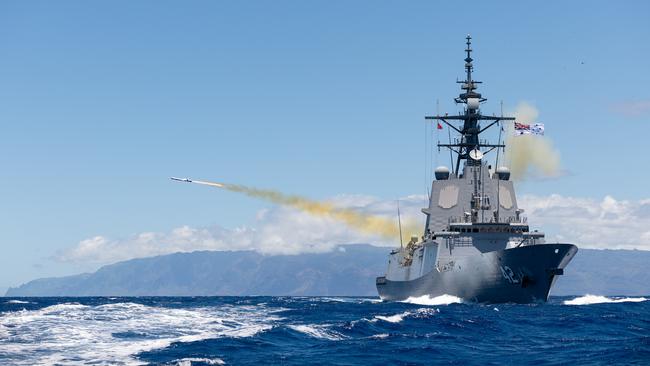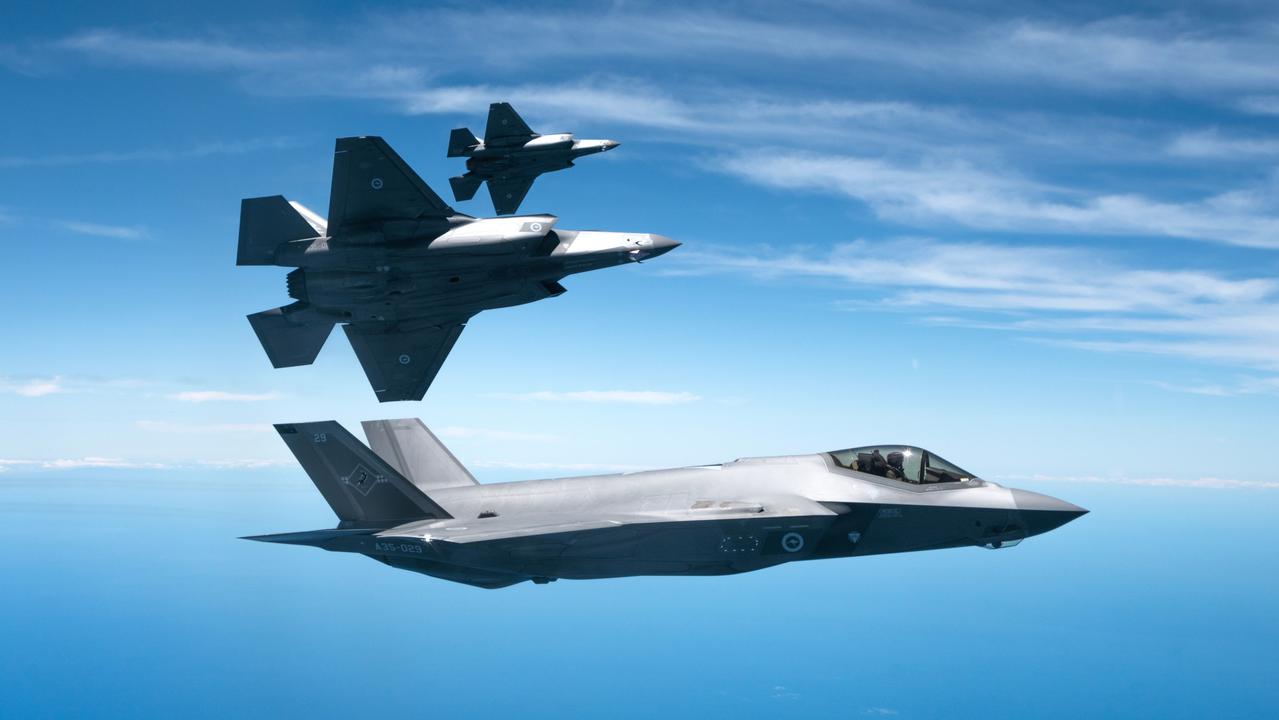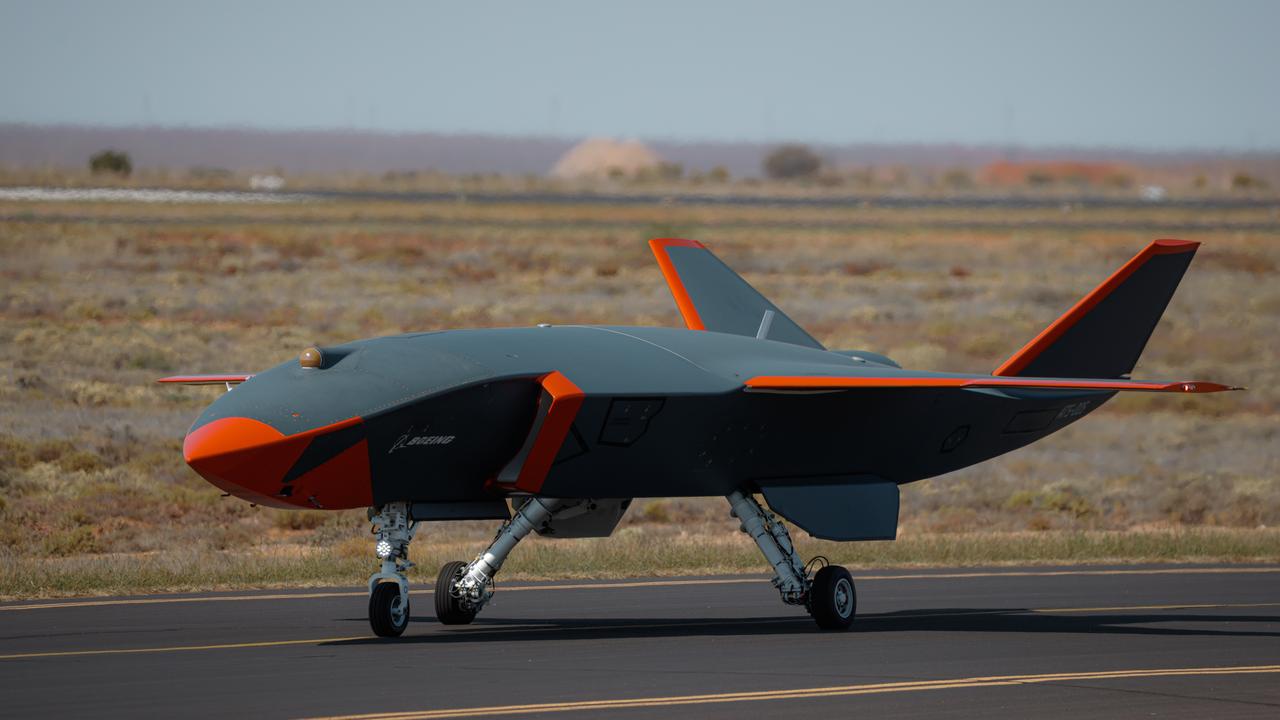Long-range strike missiles to be manufactured in Australia
The efforts to equip the Australian Defence Force (ADF) with long-range missiles is picking up pace.

The efforts to equip the Australian Defence Force (ADF) with long-range missiles is picking up pace. The latest unexpected development was an announcement on August 22 that the government will spend $850m on a factory in Newcastle that will manufacture both air- and surface-launched weapons with an official range in excess of 180km – and further for those that are carried on aircraft.
The two missiles are the Naval Strike Missile (NSM) and the Joint Strike Missiles (JSM), both from Norwegian company Kongsberg, which has a long history of producing high-quality weapons. The navy selected the NSM in April 2022 to be installed on Anzac frigates and Hobart-class Air Warfare Destroyers – and it will also equip the Hunters that will enter service in the mid-2030s. It is assumed that they will also be installed on the future General Purpose Frigates.
The JSM has many similarities to the NSM, and they both come off the same production line. The JSM is slightly shorter and can be carried in the internal weapons bay of an F-35. Both missiles have been selected by a number of users, most prominently the US.
The Australian factory is expected to start producing in 2027 – a very brisk timetable – and will be able to build around 100 weapons per year, with a further increase in capacity possible.
Making the announcement, Defence Industry Minister Pat Conroy said: “This is the first time these missiles have been built outside of Norway. This is only the second factory in the world outside the Norwegian factory that will build Joint Strike Missiles and Naval Strike Missiles.”
While they both can be used against fixed land targets, their primary mission is in the anti-ship role. They have the ability to find their target using a passive IR seeker that can recognise particular ships even in the most cluttered environment, such as a crowded harbour surrounded by hills and buildings. They can also fly a variety of attack profiles at high subsonic speeds, making them extremely difficult to counteract.
It is highly likely that Australian-made NSMs and JSMs will be exported to other users. In addition, the facility will be able to perform missile support and maintenance work, providing a significant boost to self-reliance. This move needs to be seen in conjunction with other related developments such as the manufacture of rockets for the army’s HIMARS launchers, scheduled to begin next year.
The basic GMLRS round from Lockheed Martin has a range of 80km, and they will be assembled at Orchard Hills on the outskirts of Sydney. Like the NSM and JSM, it is highly likely that they will also be exported.
An extended-range version of GMLRS is also available – and work is well advanced on the next generation weapon, the Precision Strike Missile (PrSM), which can be used against mobile as well as stationary targets. This has a range in excess of 500km and once the factory is up and running, it could also be a candidate for local manufacture and export.
The army has 42 HIMARS launchers on order. Each one can ripple fire six GMLRS rounds in a few seconds and, due to a combination of GPS and inertial navigation systems, they can land on multiple targets with great accuracy – as their use by Ukraine against the Russian invaders has demonstrated. They have devastated enemy headquarters, ammunition dumps, fuel supplies, barracks and transport infrastructure.
The introduction of PrSM, which is co-funded by Australia, is expected in the next few years and it will dramatically increase the army’s firepower. Because of their greater size, HIMARS can carry only two at a time. However, with their greater range, in-flight manoeuvrability and a 90kg warhead – more than three times that of GMLRS – they will be a devastating battlefield weapon. They also have the potential to be used against moving ships.
To this mix can be added 200 Tomahawk cruise missiles ordered in August 2023 for the AWDs with a range of 1500km.
Australia is only the third country after the US and UK that has these weapons.
As well as JSMs for the F-35s, the RAAF also has a variety of missiles of increasing range. The latest of these is the LRASM, also from Lockheed Martin, a formidable stealth cruise missile with a massive 450kg warhead and range of at least 400km. A swarm of these weapons can silently and autonomously communicate with each other on their way to a target area, sharing information via secure, undetectable data links and use AI to decide what to attack.
The ADF is going through a generational change in missile capability, with local manufacture of some weapons a huge sovereign capability bonus.



To join the conversation, please log in. Don't have an account? Register
Join the conversation, you are commenting as Logout